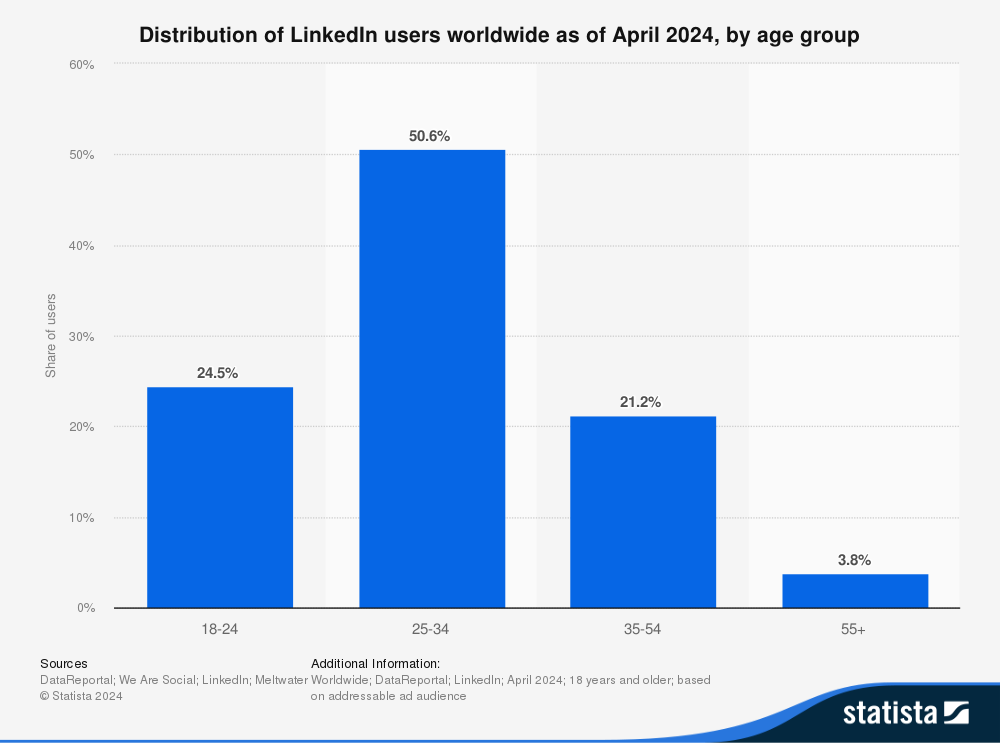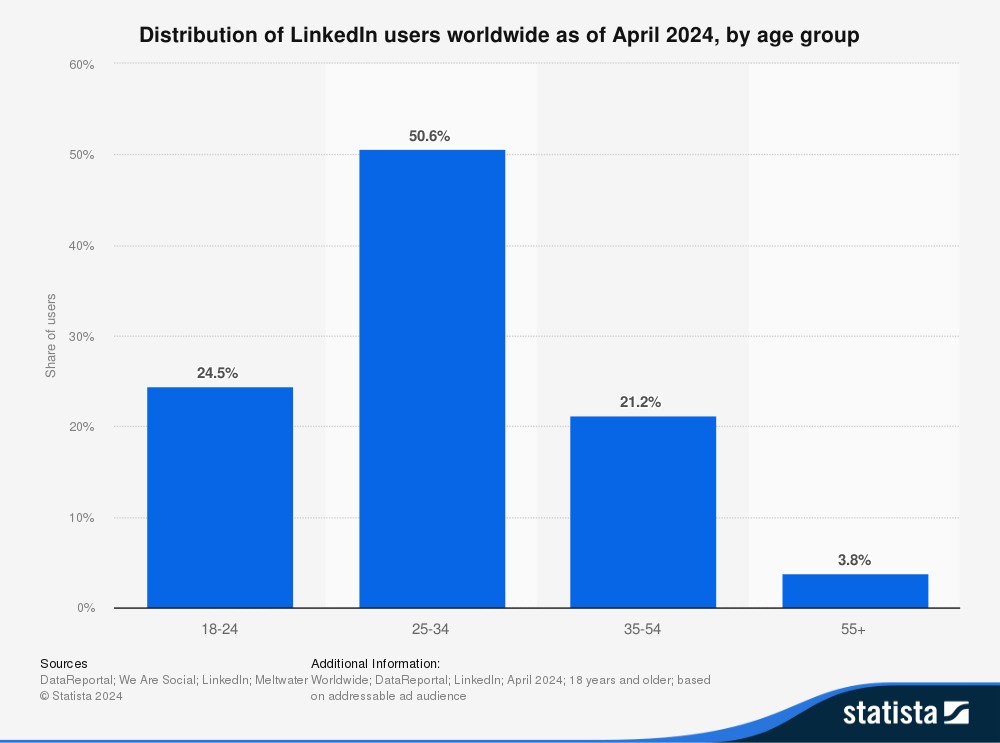The way Americans shop is undergoing a rapid transformation, moving from static e-commerce sites to dynamic, interactive social platforms. By 2025, understanding the Top Social Commerce Trends is essential for consumers, brands, and marketers navigating the future of retail. Social Commerce—buying and selling directly within social media apps—is projected to grow exponentially in the US, driven by seamless checkout features and the influence of creators.
Are you missing out on exclusive deals or struggling to differentiate passive advertising from immersive shopping? The biggest mistake is treating social media solely as entertainment. This comprehensive guide highlights the Top Social Commerce Trends Americans Should Know, from livestream shopping to AI-driven product discovery, enabling consumers to find better deals and businesses to engage the next generation of digital shoppers effectively.

Understanding the Foundations of Social Commerce Trends
Social Commerce combines entertainment, community, and transactions, blurring the line between browsing and buying.
The Livestream Shopping Revolution (Entertainment Factor)
Borrowed from successful Asian markets, livestream shopping is now a dominant Social Commerce Trend in the US.
-
Interactive Instantaneity: Shoppers interact with hosts in real-time, ask questions, and purchase instantly.
-
“Shop-tainment”: Hosts combine entertainment with product promotion, leveraging trust to drive higher conversion rates.
Platform Integration: Eliminating Friction
Successful Social Commerce Trends remove barriers between discovery and purchase.
-
In-App Checkout: Platforms like Instagram, TikTok, Pinterest, and Meta allow purchases within the app, increasing conversion rates.
-
Universal Wallets: Integration of saved payment options encourages impulse buying and seamless transactions.
5 Key Social Commerce Trends Americans Should Know
1. Creator and Micro-Influencer Driven Sales
Trust has shifted from brands to individuals.
-
Authenticity over Polish: Micro-influencers (10K–100K followers) provide honest reviews and tutorials, driving higher sales.
-
Affiliate to Retailer: Influencers now operate curated storefronts, turning into mini-retailers on social platforms.
2. Personalized Discovery via AI
Social feeds act as hyper-personalized shopping malls.
-
Intent-Based Shopping: AI predicts products users are most likely to buy based on browsing, comments, and engagement.
-
Visual Search: Upload photos to find similar products instantly, becoming standard across platforms.
3. Augmented Reality (AR) Shopping
AR reduces the uncertainty of online shopping.
-
Virtual Try-Ons: Customers can try on makeup, glasses, shoes, or clothing virtually.
-
Home Visualization: Place furniture in your home environment via mobile camera, enhancing high-value purchase confidence.
4. Group Buying and Community-Driven Discounts
Social shopping encourages collective participation.
-
Social Proof and Scarcity: Live counters and limited-time deals accelerate purchases.
-
Referral Incentives: Share products and invite friends for group discounts or tiered pricing.
5. Sustainable and Ethical Commerce Verification
Consumers increasingly demand transparency.
-
Transparency Tags: Platforms allow verification of sustainability metrics (e.g., carbon footprint, ethical labor).
-
Local and Small Business Focus: Algorithms promote small, local, or minority-owned businesses, catering to purpose-driven buyers.
Navigating Social Commerce as a Consumer and a Brand
For Consumers: Becoming a Smart Social Shopper
-
Verify Credibility: Check influencer engagement and product legitimacy.
-
Use Native Tools: Leverage save/wishlist features and price tracking alerts.
-
Review Return Policies: Confirm social platform policies vs. main brand site.
For Brands: Embracing the Creator Economy
-
Focus on Micro-Influencers: Replace costly celebrity campaigns with smaller, engaged creators.
-
Invest in AR: Implement virtual try-ons to reduce returns and enhance trust.
Frequently Asked Questions (FAQ)
Q: What’s the difference between Social Commerce and traditional E-commerce in the US?
A: Social Commerce reduces friction with in-app checkout and relies on algorithmic discovery, unlike traditional e-commerce, which requires active search.
Q: Which platform leads Social Commerce in 2025?
A: TikTok drives discovery and impulse purchases via its “For You” page, although Meta (Instagram/Facebook) also has significant reach.
Q: Is live shopping just a fad?
A: No. Interactive, real-time selling is a permanent Social Commerce Trend, evolving into smaller, personalized livestream sessions.
Compliance Statement & Disclaimer
This article is for informational purposes only. It is not a substitute for professional financial, marketing, or business advice. Consult certified advisors for business strategies related to Social Commerce Trends. Market predictions and platform features may change.
Data/Source Note: All recommendations are based on established consumer behavior trends and forecasts for e-commerce growth in the US.
